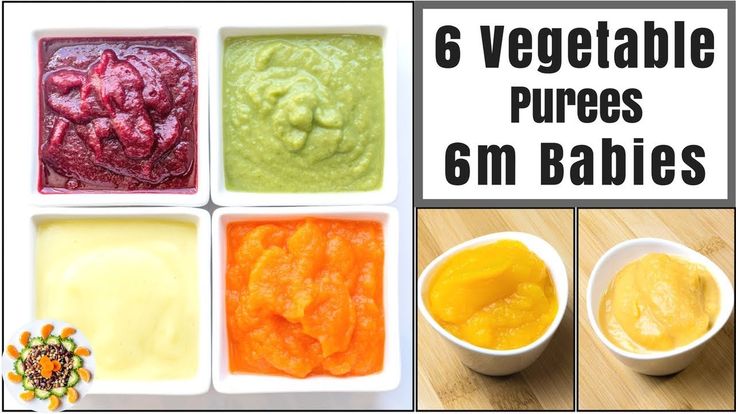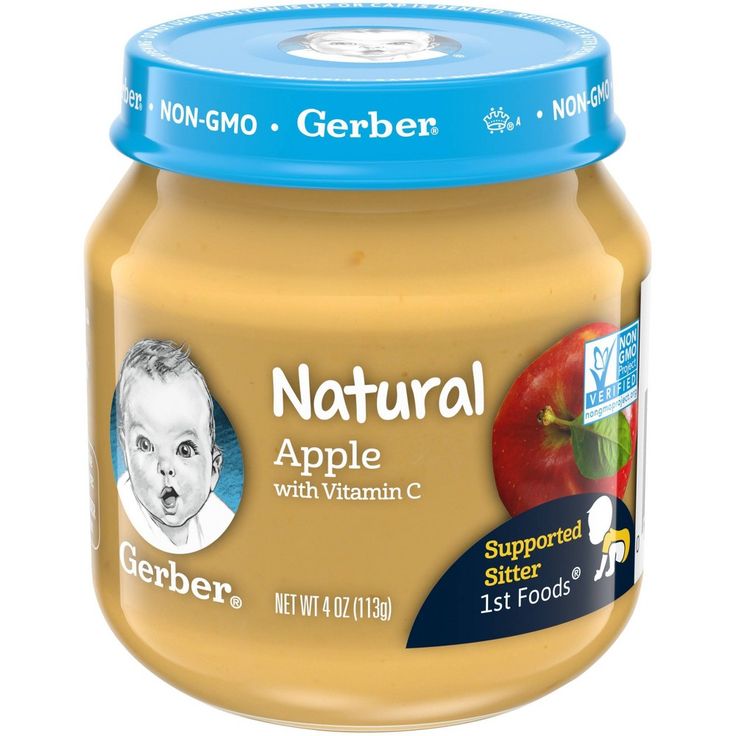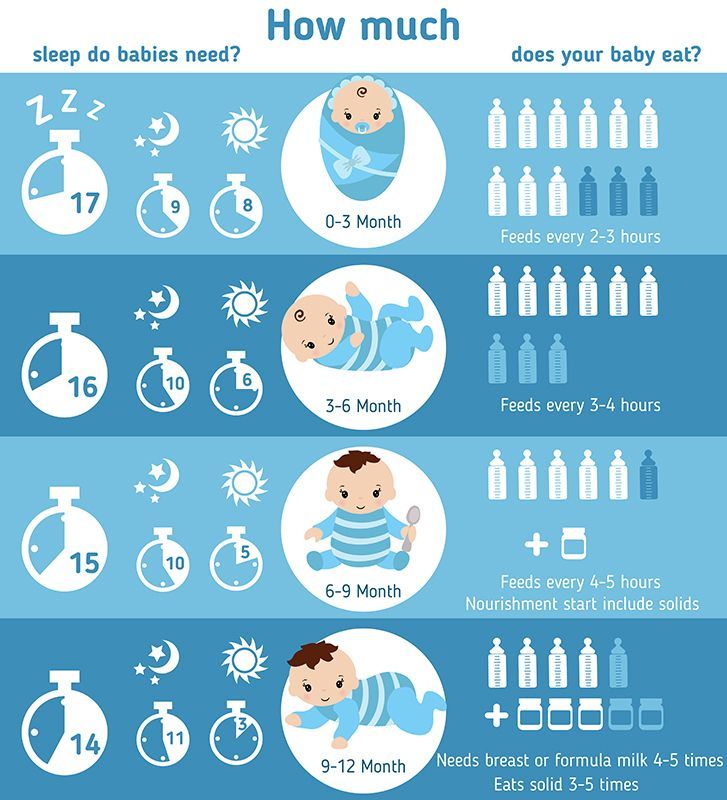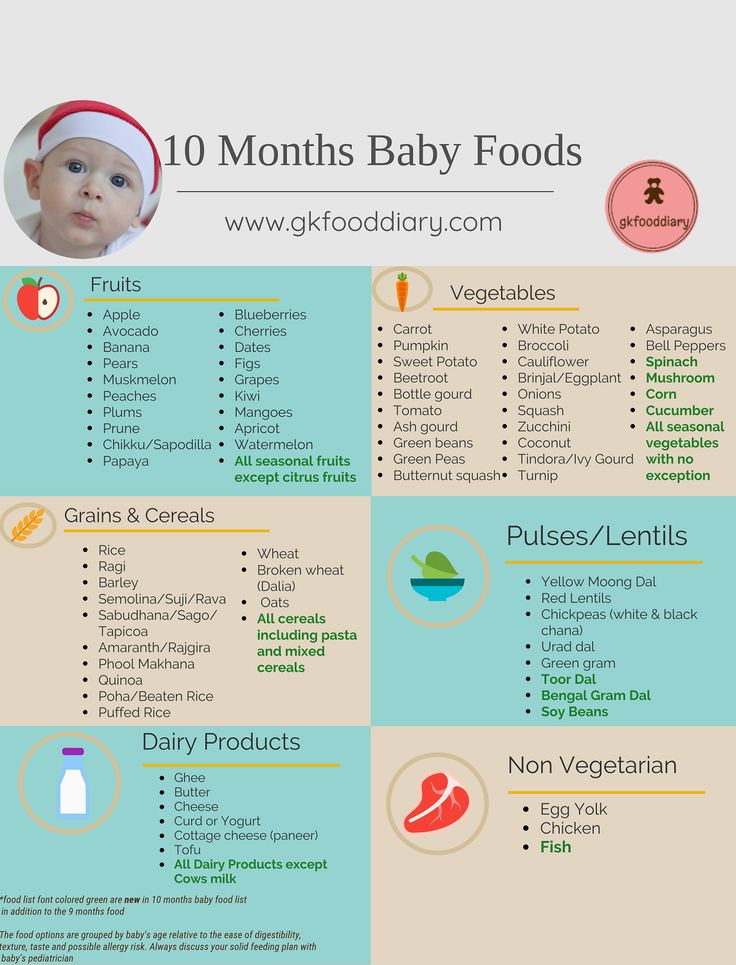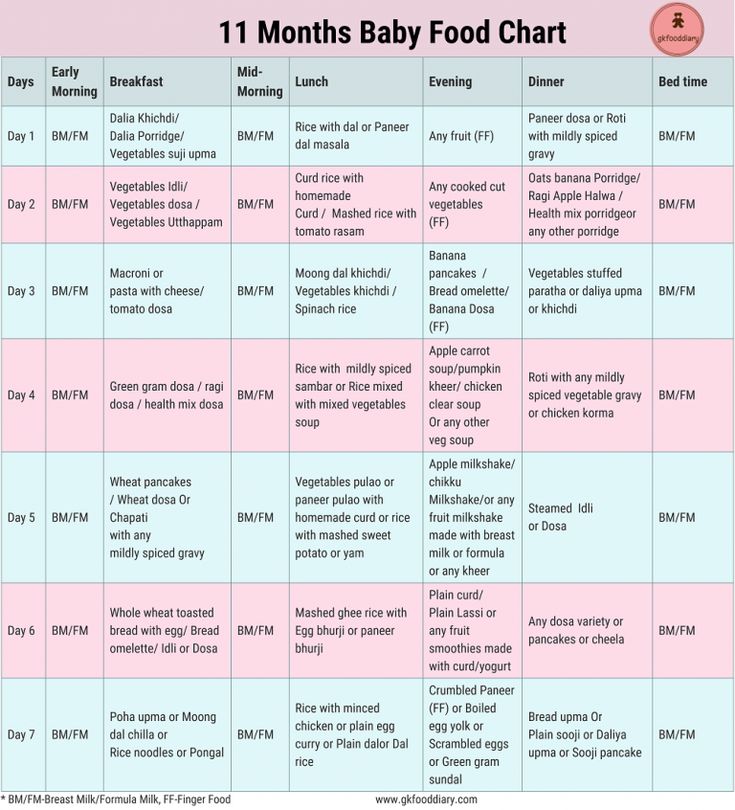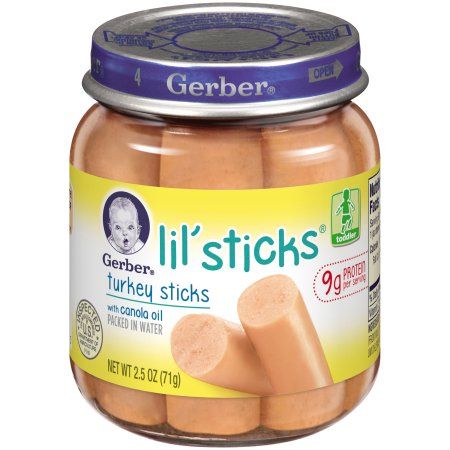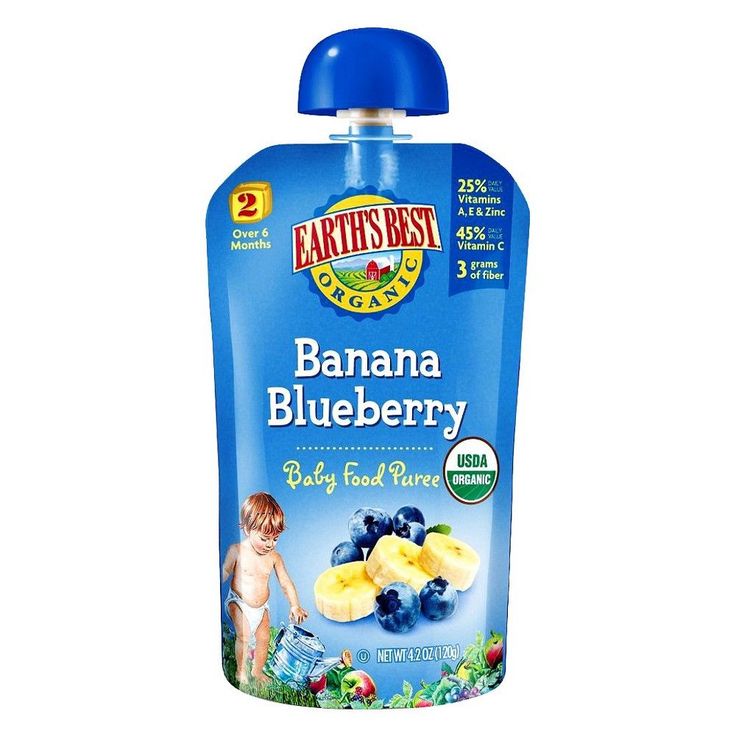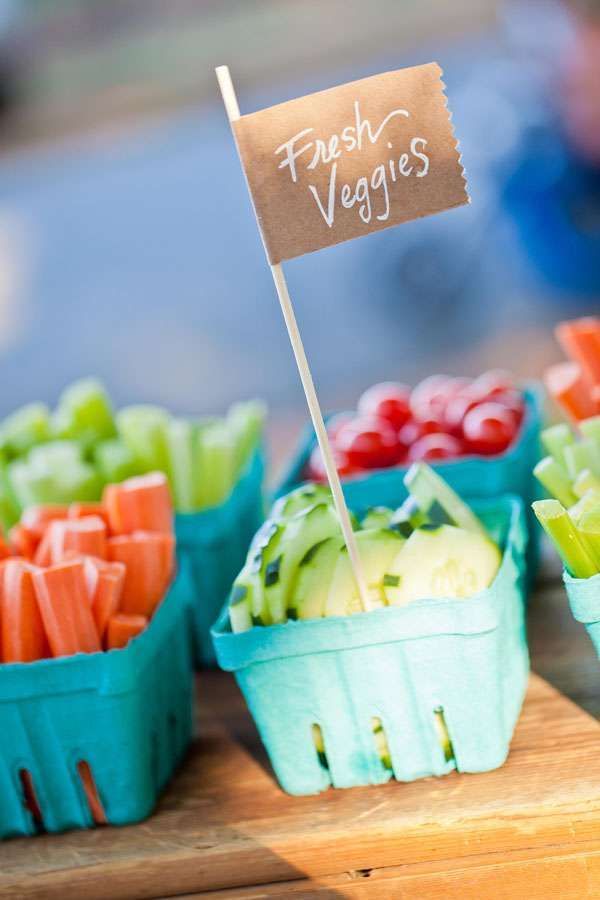What stage baby food for 6 months
What It Is, When to Start, and Options to Try
Accompanying your child through the different stages of learning how to eat real food is an exciting journey. Sometimes, along with the sense of pride — Look, they polished off the whole jar! — you can feel a little confused. How are you supposed to navigate the milestones?
Let’s start at the beginning: What do the stages of baby food mean, anyway?
Rome wasn’t built in a day, and your baby’s digestive system won’t make the leap from liquid to solid in one day either. That’s what the stages of baby food are for — to help your baby manage the mechanics of eating and to make the transition easier on your baby’s digestive system.
Defining the stages across the brands
While the different stages of baby food aren’t standardized (it would make your life easier if they were!), most popular brands more-or-less follow these four stages:
- Stage 1: 4 to 6 months (watery puree of a single ingredient)
- Stage 2: 6 to 9 months (thicker texture that is strained or mashed)
- Stage 3: 10 to 12 months (mush that has soft, chewable, small chunks)
- Stage 4: After 12 months (finger foods and small, soft pieces of foods you share from your own supper)
What is the difference between stage 1 and stage 2 food?
Stage 1 foods are pretty watery. They’re pureed into a smooth paste that can drip off a spoon easily, so stock up on your bibs. These foods are usually made of a single ingredient: oatmeal cereal, apple, carrots. Your baby will start off eating about half a teaspoon of this.
Stage 2 foods get more exciting. These are strained or mashed into a dense paste. They’re made with a combination of foods that can include legumes and even meats or fish. They may combine flavors, like fruit and veggie blends. Your baby’s appetite is growing and you’ll have to keep pace with bigger portions.
At around 6 to 9 months, your baby is probably ready to move on to stage 2 foods. Not every baby will stick to this schedule simply because every child is a world to their own.
Here are some signs that your child is ready to move on:
- Tongue reflex: At around five months, your child will start losing their tongue thrust reflex and won’t immediately push out the food that you try to feed them.

- More please: They’ll easily polish off the stage 1 foods and look hungry for more.
- Variety: They’ll have eaten foods from all the food categories (vegetables, fruits, legumes, grains, meat) and shown no allergy or intolerance.
- Enjoyment: They’re managing spoonfuls of stage 1 foods easily, mouthing and swallowing happily.
At this exciting stage, feel free to give your baby most types of foods. By offering them a wide range of tastes and textures, you’re giving them a foundation for healthy eating habits — as well as making it easier for yourself. Keep in mind the following safety points:
- Choking hazards: Avoid nuts, seeds, and popcorn at this stage. And make sure to slice round foods like grapes and hot dogs lengthwise.
- No honey: Children younger than 12 months should not be given honey because it could lead to a botulism infection.
- No juice: Follow AAP guidelines and stick with breast milk, formula or a little water and steer clear of juices.

- Safe feeding: Always strap your child into their high chair and keep an eye on them while they’re eating.
And if you’re wondering about peanuts, here’s the scoop: A 2017 release from the National Institutes of Health suggests exposing children to peanut-containing foods as early as 4 months old. (Wait till 6 months for children with mild or moderate eczema.)
Surprised? Don’t be. A recent study suggested that Israeli kids rarely suffer from peanut allergies because they’re munching on Bamba, a peanut-based snack, from as early as 3 months. Talk to your doctor about suggested safe ways to incorporate peanut products into your little one’s diet.
What’s on the menu for stage 2 baby foods? Basically, you can go the store-bought or the homemade route. Or you can mix both depending on how much time you have. It’s up to you and your personal schedule.
Here are tasty ideas for both options.
Store-bought stage 2 baby food
- Plum: These organic blends come in easy-to-transport pouches.
 Try pear, spinach, and pea, or banana and pumpkin.
Try pear, spinach, and pea, or banana and pumpkin. - Beech-Nut: Options are available in jars and pouches. Serve up some apples and bananas or pineapple, pear, and avocado.
- Earth’s Best: Another organic option, in pouches or jars. Try sweet potato, barley, and garbanzo or pasta with tomato and white bean.
- Gerber: A classic, whether served up from plastic tubs, jars, or pouches. Flavor combinations include peach mango and oatmeal or chicken noodle dinner.
Remember to monitor your little one while they’re eating. Pouches are handy, but the caps can be a choking hazard. Glass jars are at risk of breaking, so keep them out of baby’s reach. Your baby should always enjoy snacks and meals with attentive adult supervision.
Homemade stage 2 baby food
Cooking up a storm for your baby’s budding taste buds at this stage doesn’t have to be challenging. Here are a few recipes to get you going. (You can find even more baby food recipes here.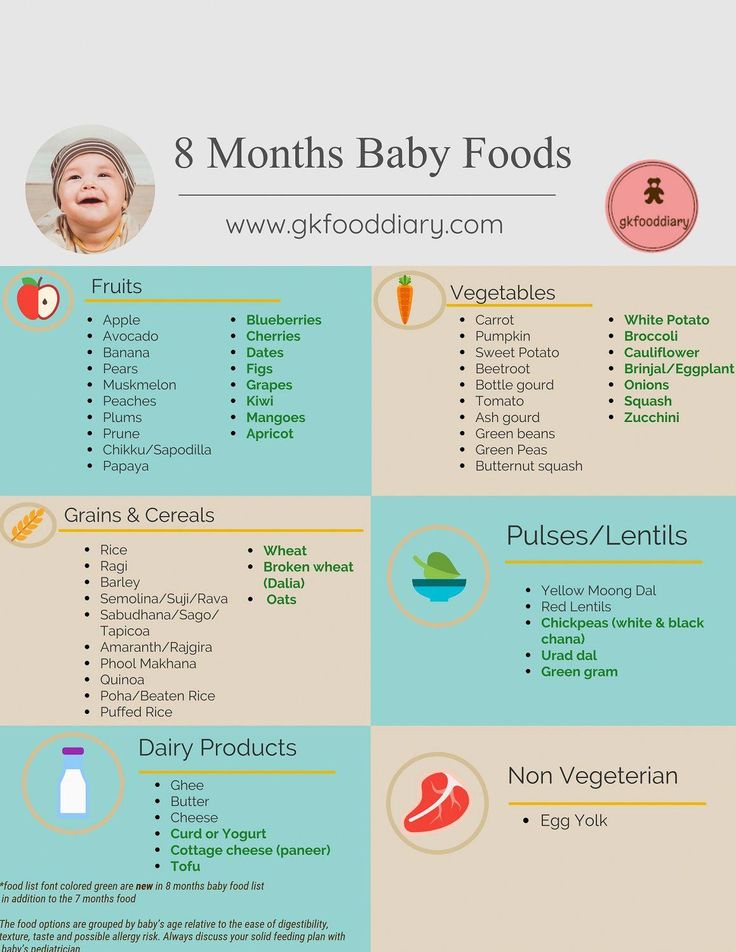 )
)
Don’t shy away from spices and herbs: your baby will appreciate the added flavor, and the micronutrients in them will give their immune system a boost.
- Apple, butternut, and carrot: Boil the ingredients until they test soft with a fork. Drain some of the water, but set it aside in case you need to thin the mixture. Sprinkle in a little curry and blend.
- Blueberries and chickpeas: You can cook up your own chickpeas or use a prepared version to save time. Mix equal amounts of blueberries and chickpeas. Blend and add breastmilk, formula, or water to get the right consistency. You can also add in some rice for extra oomph and texture.
- Salmon with roasted zucchini and fennel: Spray the salmon and vegetables with oil and broil for about 15 minutes. Add chopped parsley and blend. You can thin the mixture with breastmilk, formula, or water.
Enjoy this stage with your baby because it won’t be long before they move on to the next stages. And then, sooner than you think, you may be facing competition for that last slice of caramel-topped cheesecake.
And then, sooner than you think, you may be facing competition for that last slice of caramel-topped cheesecake.
The 3 baby food stages: What foods and when
Making the leap from breast milk or formula to solids and then eventually to table food is an exciting time. But it’s also a little confusing because there isn’t a one-size-fits-all rule when it comes to baby food stages. While one child may happily take to pureed carrots at 6 months, another may purse their lips at anything but a breast or bottle until 8 months.
To simplify the whole process, here’s a general rule of thumb to keep in mind: Most foods are OK to give to babies in the first year, as long as they’re properly prepared. And if you’re concerned about food storage, read more from our experts on how long baby food lasts.
Here’s the quick lowdown on what to feed baby and when:
- Stage 1: Purees (4 to 6 months).
- Stage 2: Thicker consistency (6 to 9 months).
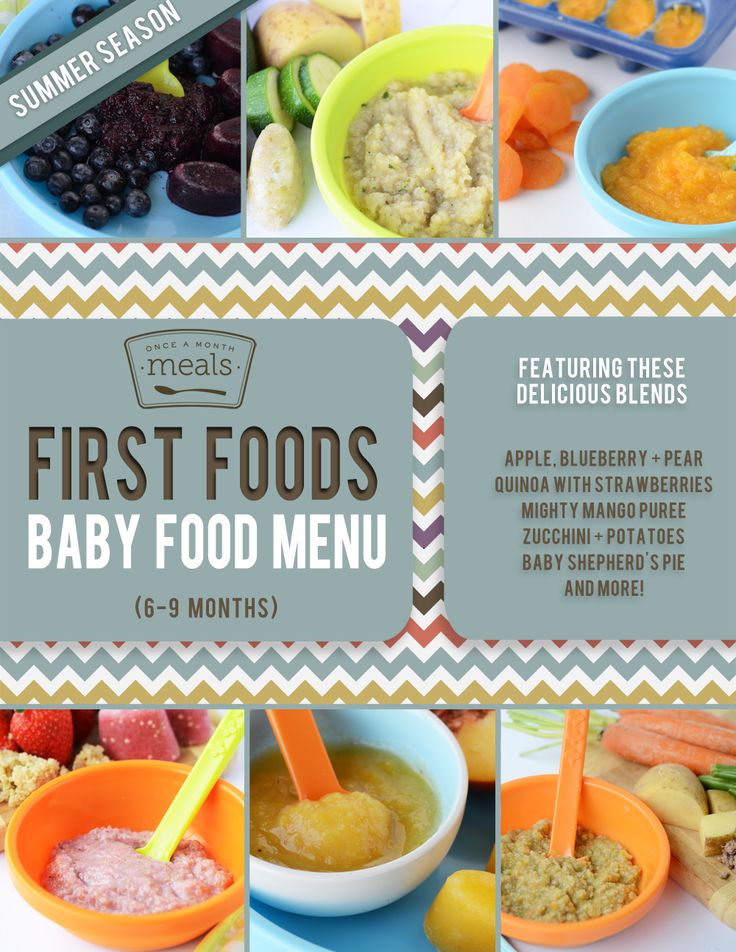
- Stage 3: Soft, chewable chunks (10 to 12 months).
“With the exception of raw or cooked honey, which shouldn’t be consumed until 12 months because of the risk of infantile botulism, babies can have any food that is texturally appropriate for their developmental feeding stage,” says Dr. Kristen Treegoob, a pediatrician at Children’s Hospital of Philadelphia.
In other words, it’s perfectly fine to give both a 6- and 12-month-old peas, but for the 6-month-old, they need to be pureed.
In the past, parents have been advised to start their baby with single-grain cereals, such as rice cereal, but the American Academy of Pediatrics (AAP) now says there’s “no medical evidence that introducing solid foods in any particular order has an advantage for your baby” — nutritionally or when it comes to long-term food preferences. (So, when your Aunt Joanne tells you that your baby will be a vegetable-hater for life if you start off with applesauce, she’s wrong.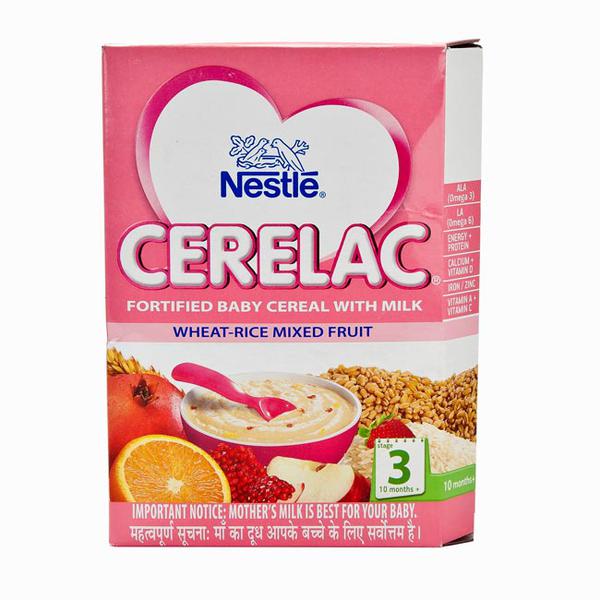 )
)
All of this said, there is a method to the messy madness that is the three stages of baby food. In order to make things less complicated — and more delicious — we tapped top experts and veteran parents to find out everything you need to know about feeding little ones at every stage (plus, we included a handy baby food stages chart). All you have to do now is serve the food and clean the high chair!
Stage 1 (4 to 6 months): What you need to know
The fun begins! Stage 1 baby food is typically for babies who are between the ages of 4 months and 6 months. But as with all things parenting-related, it’s important to keep in mind that each baby is different, and there’s no hard and fast rule for starting solids.
“While the AAP recommends exclusively breastfeeding from birth to age 6 months, it’s important to remember that not every baby is exclusively breastfed,” says Dr. Zulma Laracuente, a pediatrician in Alexandria, Louisiana. “Also, some babies show signs of readiness to start food earlier than others. You know your baby best.”
You know your baby best.”
Solids that fall under the Stage 1 category are thin and smooth in texture — not much thicker than breast milk or formula — and contain a single ingredient. If you’re making your baby’s food at home, make sure it’s blended to an almost-watery puree.
“Stage 1 baby foods should have no chunks whatsoever,” says Jenifer Thompson, registered dietician and advanced practice dietician at Johns Hopkins in Baltimore. “Formula or breast milk can be added to the purees to make them thinner.”
While there’s no specific food parents need to start with, many pediatricians recommend beginning with iron-rich foods, such as iron-fortified cereals or pureed meats.
“The reason we advise introducing solids at 6 months and starting with iron-containing foods is because iron stores that were built up during pregnancy are depleting, and iron is important for infants’ brain development,” says Dr. Melanie Custer, a pediatrician at Deaconess Clinic in Evansville, Indiana.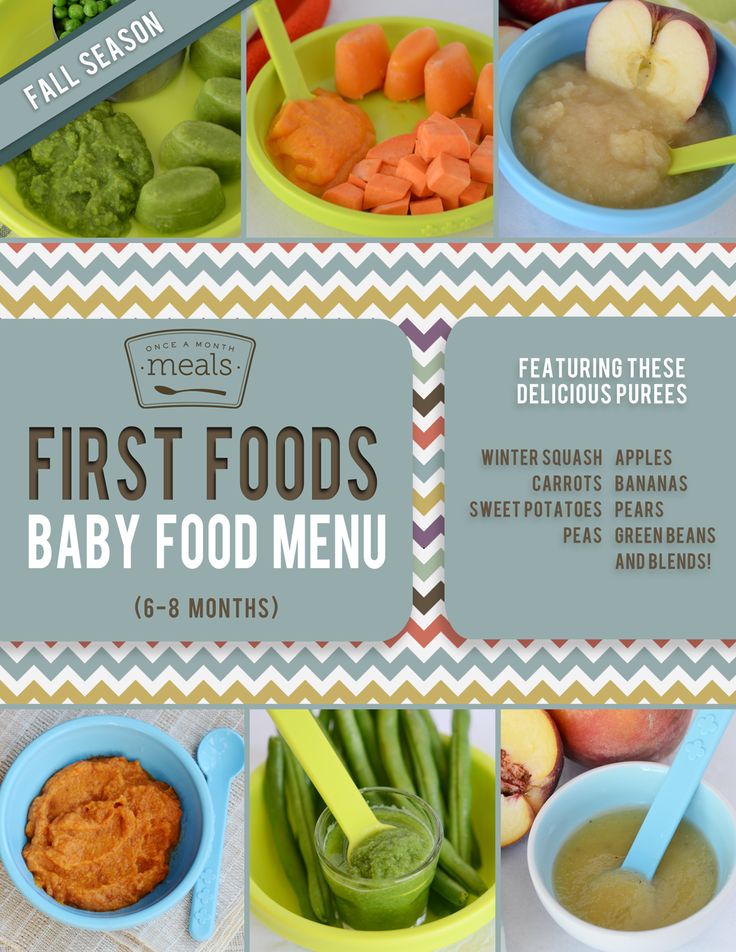
Custer also says that babies should “absolutely not” decrease their breast milk or formula when they first start off with solids.
“Infants still should receive 24 to 32 ounces of formula or breast milk each day,” she says. “Solids at this point are more of a snack, with baby eating about 3 to 4 tablespoons once or twice a day.”
How to tell your baby is ready for Stage 1
According to Treegoob, here are the signs your baby is prepared to start Stage 1 foods:
- They’re showing an interest in what family members are eating.
- They’re learning to open their mouths for a spoon.
- They’ve outgrown the involuntary habit of pushing food and spoons out of their mouth with their tongue.
- They have steady head control.
- They have the ability to move food from a spoon to their throat and swallow without choking.
Stage 2 (6 to 9 months): What you need to know
Time to mix it up! While Stage 2 solids are still basically mush, food has a little more texture at this point, as well as a few soft chunks.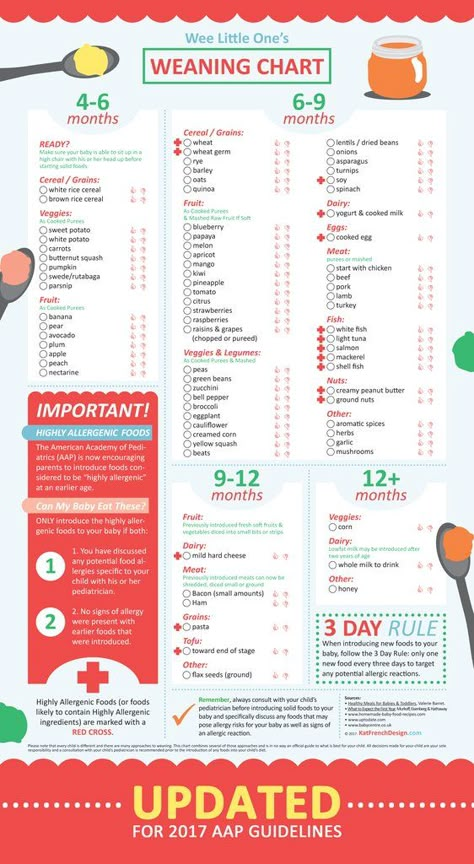
“Stage 2 baby foods are thicker in consistency than Stage 1 purees, and many of the jars you find in stores have some small mashable bits in them,” says Treegoob. “These are great for infants who have done well with Stage 1 but who are not quite ready to chew. The typical age for Stage 2 is between 6 to 9 months.”
Treegoob also notes that the 7 to 9 month time frame is also when many babies begin modifying their breast milk or formula intake.
“As long as an infant’s weight remains on track and they’re drinking enough to stay hydrated, there isn’t a reason to worry if baby is showing interest in smaller or less frequent bottle or breastfeeds,” she says. “Infants typically take in somewhere between 24 to 32 ounces a day when they’re between 6 to 9 months.”
Whether you’re making your little one’s food on your own or getting it pre-made at the store, you have a little more room to play once you hit Stage 2.
“In addition to being thicker in consistency, Stage 2 foods usually have multiple ingredients, including some spices,” says Custer.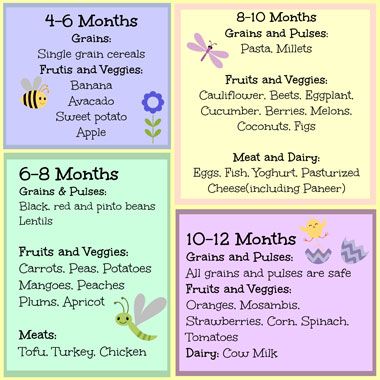 “At this point, baby is usually taking in more food than they were in Stage 1, so it’s important to make sure they’re being introduced to a wide variety of foods from different food groups.”
“At this point, baby is usually taking in more food than they were in Stage 1, so it’s important to make sure they’re being introduced to a wide variety of foods from different food groups.”
According to the AAP, babies should be eating about 4 ounces of solids — about one small jar of baby food — at each of their meals.
How to tell your baby is ready for Stage 2
Once your baby has consistently been eating Stage 1 foods, they’re likely ready for the next step. Here are other signs to look for, according to Thompson:
- Their oral skills are continuing to develop.
- They’re consistently taking food in and swallowing when you offer it (and not spitting it out).
Stage 3 (9 to 12 months): What you need to know
Now, the true culinary adventure begins — Stage 3 foods! While some babies will still happily have mom and dad spoon-feed them mashed food at this age, many babies will have what you’re having at this point — and they’ll do it themselves, thank you very much.
“As soon as we thought he was ready — at about 9 months — we started giving my son softer, cut-up versions of whatever we were having for dinner,” says mom of two Jennifer Reilly, of New York City. “There was more cleanup, but I actually got to sit down and eat my meal!”
Once babies hit the age range for Stage 3 foods, most have the oral and fine motor skills to self-feed.
“Between 8 to 12 months, babies develop the pincer grasp ability and should be able to pick up small pieces of finger foods with their finger and thumb and bring it to their mouth,” says Thompson.
Technically speaking, Stage 3 solids are thicker, more sophisticated versions of the baby food your little one has already been eating (think vegetable and beef pilaf or tender chicken and stars), but also, they’re not necessary for everyone.
“Stage 3 food is starting to have chunks mixed in, in order to prepare baby for table foods,” says Custer. “But some babies wind up skipping this stage altogether and go straight to soft table foods.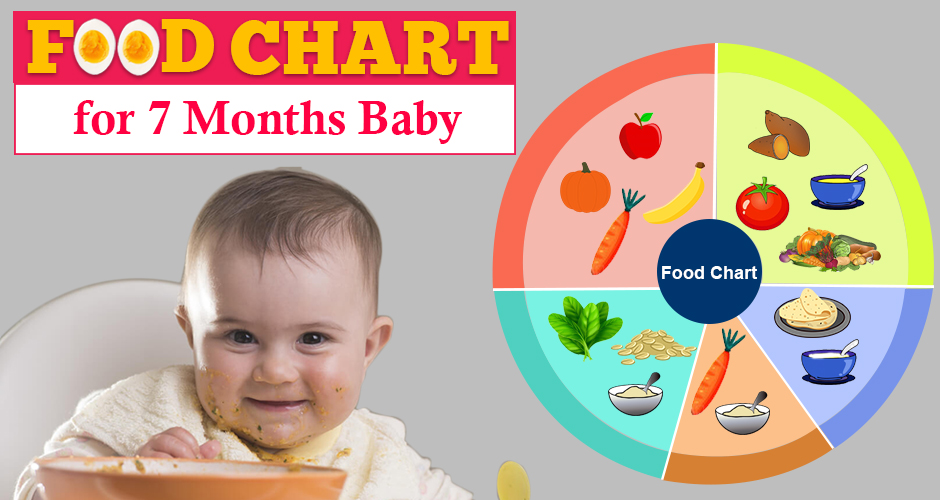 ”
”
While it’s perfectly fine to continue with Stage 3 foods up to your child’s first birthday, Treegoob advises letting your baby try their hand at “real food.” “Well-cooked veggies, ripe fruits, shredded meat, scrambled eggs, soft cheese and cooked pasta are all great options for babies this age,” she notes.
Between 9 months and 12 months is also when you’re likely to see a significant drop in how much breast milk or formula your baby is drinking.
“As babies continue to eat table foods, I’ve seen their breast milk or formula intake drop to as low as 16 to 20 ounces per day,” Treegoob says. “That said, some infants continue to show a heavy preference for breast milk or formula despite months of solid introduction. If you feel like your baby may be drinking excessive amounts of breast milk or formula, and they have no interest in food, I would recommend speaking with your pediatrician.”
How to tell your baby is ready for table food
Your child’s readiness to start table food will likely be more discernible than any other baby food stage. As long as they’re continuing to hone their oral skills, as well as their ability to pick food up and bring it to their mouth, you can count on them to let you know they’re ready for “big kid” food.
As long as they’re continuing to hone their oral skills, as well as their ability to pick food up and bring it to their mouth, you can count on them to let you know they’re ready for “big kid” food.
“My daughter looked like she was ready for pasta, eggs and basically anything we were eating shortly after she started solids,” says mom of two Julie Cortez of Brooklyn, New York. “We waited until about 8 months, when we knew she knew how to properly eat, and sure enough, she ate her whole plate on the first go! We completely skipped the Stage 3 jars of food.”
Follow these safe feeding must-knows
Even though your baby’s eating skills will continue to progress as they gain more experience, it’s important baby is always sitting upright, strapped in a high chair and never left unattended while eating. Also, make sure table food is always soft and cut into small pieces to avoid choking hazards. When first starting out with solids, be sure to wait a few days before giving them something new.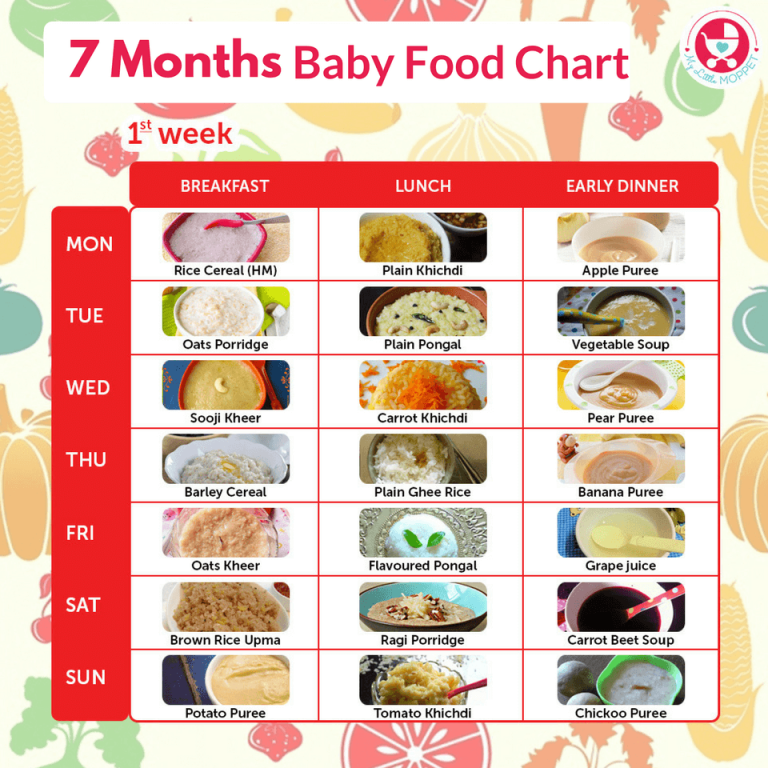
“This allows for observation for any adverse reaction or intolerance to the new food,” Thompson says.
And finally, be sure to give your baby a wide range of healthy food in order to expose them to a variety of tastes and textures — and don’t be discouraged if they don’t take to a specific food at first.
“If baby refuses a food or makes a strange face when eating, this may simply mean that it is a new food and unfamiliar to them,” Thompson says. “Try again. It may take 10 to 20 exposures of a new food before they accept it.”
Here’s more on every baby food stage:
- Stage 1 baby food.
- Stage 2 baby food.
- Stage 3 baby food.
diet for a 6-month-old baby with breast and artificial feeding, an approximate menu for a week in the table, a diet for a day
Published: 02/10/2021
Reading time: 4 min.
Number of reads: 220724
Author of the article: Ponomareva Yulia Vladimirovna
Pediatrician, Candidate of Medical Sciences, Allergist-Immunologist
Changes in a child in the first year of life are very rapid, and each month is not like another.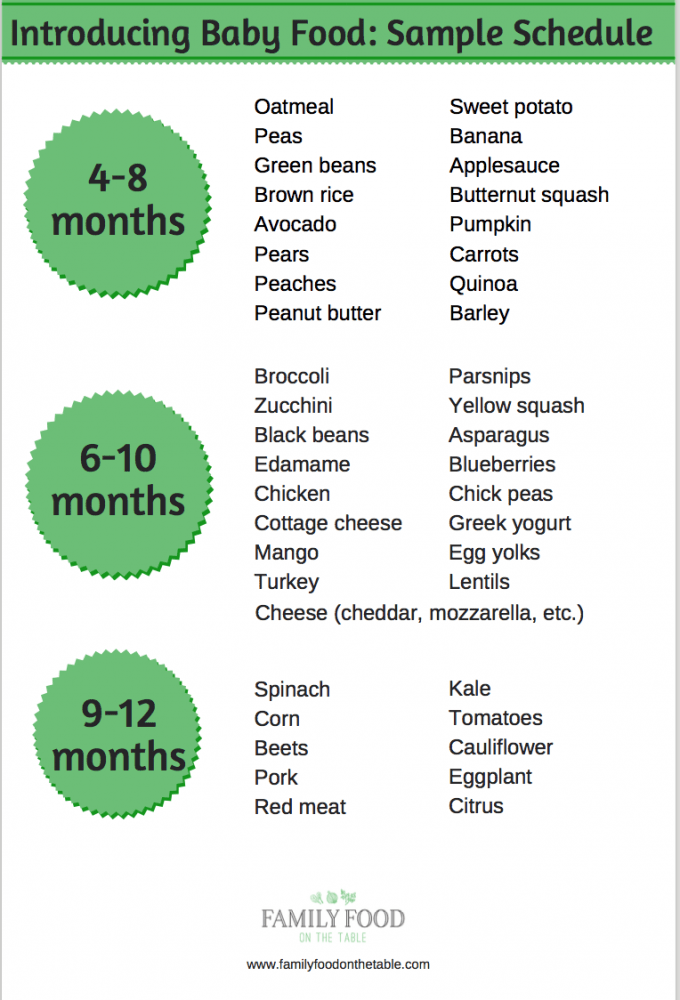 The 6-month milestone is very important, it is largely evaluative and transitional. By this age, most babies have doubled their birth weight, are about 15 cm tall, and some babies have already erupted their teeth. The age of 6 months is also transitional in terms of nutrition. Breast milk or an adapted formula is still the basis of the diet, but with the beginning of the second half of life, all children, without exception, should begin to receive complementary foods. Despite the general graph of growth and weight gain and indicators of psychomotor development, the status and diet of children at 6 months can be very different.
The 6-month milestone is very important, it is largely evaluative and transitional. By this age, most babies have doubled their birth weight, are about 15 cm tall, and some babies have already erupted their teeth. The age of 6 months is also transitional in terms of nutrition. Breast milk or an adapted formula is still the basis of the diet, but with the beginning of the second half of life, all children, without exception, should begin to receive complementary foods. Despite the general graph of growth and weight gain and indicators of psychomotor development, the status and diet of children at 6 months can be very different.
Content: Hide
- The first feeding of 6 months
- The start of complementary foods in 4-5 months
- The second half of life
- for a week for a child at 6 months
The first lure of 6 months
If the baby is healthy and breastfed, and his mother eats a full and varied diet, exclusive breastfeeding is possible until this age.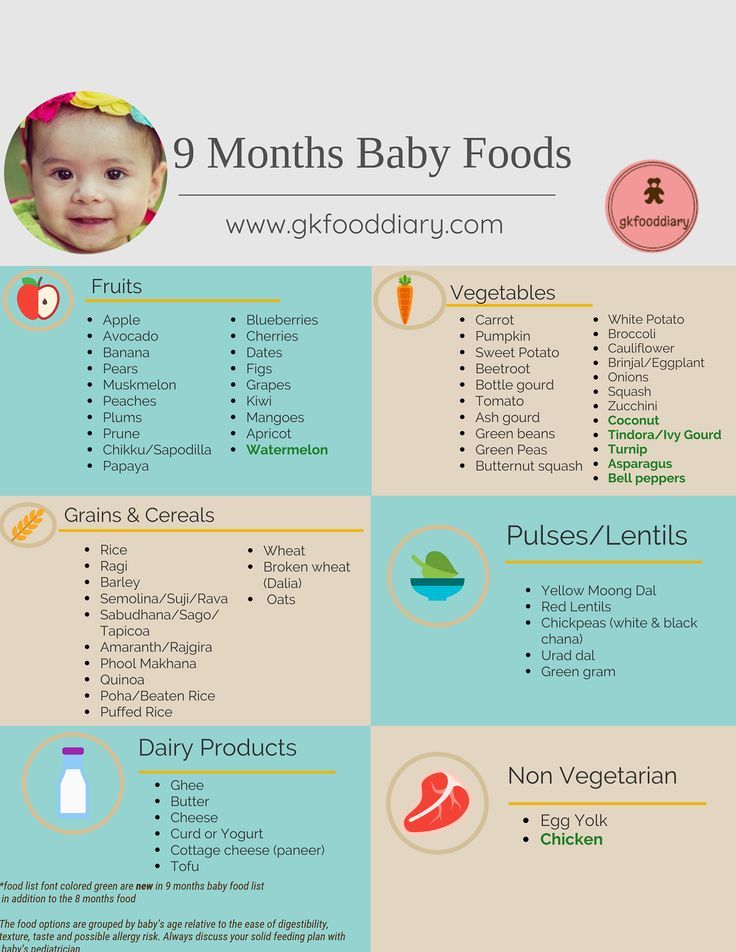 Cereal complementary foods in this case are preferable to start. This is due to the high energy and nutritional value of cereals, the ability to significantly enrich the baby's diet with a delayed start of the introduction of complementary foods.
Cereal complementary foods in this case are preferable to start. This is due to the high energy and nutritional value of cereals, the ability to significantly enrich the baby's diet with a delayed start of the introduction of complementary foods.
However, the rate of expansion of the child's diet in this situation will be accelerated. Before the 8th month of life, it is necessary to introduce all basic food groups into the baby’s menu, since in the second half of the year the need for additional intake of nutrients and micronutrients is very high. Another reason explaining the importance of the rapid introduction of complementary foods is the formation of immunity of the immune cells of the intestine to ordinary food. If a child is introduced to these foods at the age of 4-8 months, the risk of developing food allergies has been proven to be reduced.
Complementary feeding starts at 4-5 months
In today's life, the nutrition of a nursing mother, unfortunately, is not always complete.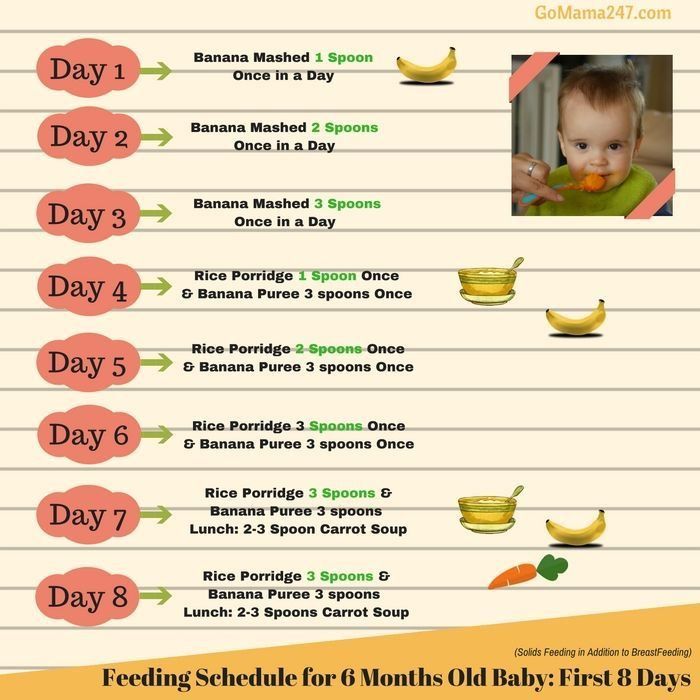 Therefore, for most breastfed babies, complementary foods already need to be introduced from 5 months in order to prevent deficient conditions.
Therefore, for most breastfed babies, complementary foods already need to be introduced from 5 months in order to prevent deficient conditions.
If a child is bottle-fed, then by the 4th month of life, the baby will not have enough adapted formula alone, and in this group of children, the timing of the introduction of complementary foods usually shifts a month earlier than in breast-fed babies. Accordingly, by 6 months, children will have vegetable puree and gluten-free porridge (buckwheat, corn and rice) in their diet. In the first half of life, monocomponent meals are used (that is, from one type of grain and vegetables), prepared on the basis of water, breast milk or an adapted mixture.
Fruit puree and juice can be another possible complementary food for children under 6 months of age without allergy symptoms. In a child with a risk of developing or manifesting allergies, the timing of the introduction of fruit complementary foods is shifted to the 8th month.
Second six months of life
Children over 6 months of age can supplement their diet with cereals containing gluten.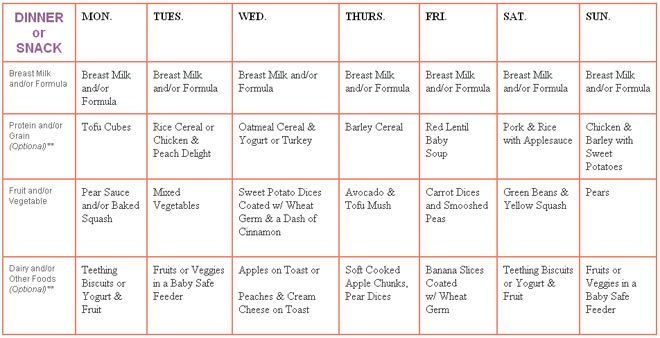 First of all, these are oatmeal and wheat porridge, and then multi-cereal dishes with the addition of other cereals (millet, barley, rye). If the child does not have any manifestations of allergies, milk porridge can be included in the menu at this age. Bebi Premium industrial baby food products include specially prepared milk that is safe to use in healthy babies in the first year of life.
First of all, these are oatmeal and wheat porridge, and then multi-cereal dishes with the addition of other cereals (millet, barley, rye). If the child does not have any manifestations of allergies, milk porridge can be included in the menu at this age. Bebi Premium industrial baby food products include specially prepared milk that is safe to use in healthy babies in the first year of life.
From the age of 6 months, the baby's diet is expanded with such important products as meat and cottage cheese. These products are a source of high-quality protein, fats, and are also rich in minerals such as iron, calcium, and phosphorus. Pediatricians and nutritionists recommend introducing meat and cottage cheese as part of combined dishes based on a fruit and vegetable and / or grain component in a ratio of 1 (cottage cheese / meat): 4–5 (fruits / vegetables / cereals).
To enrich the diet with polyunsaturated fatty acids in the second half of the year, the menu includes vegetable oil in the amount of 3–5 grams per day, which can be added to the complementary food dish.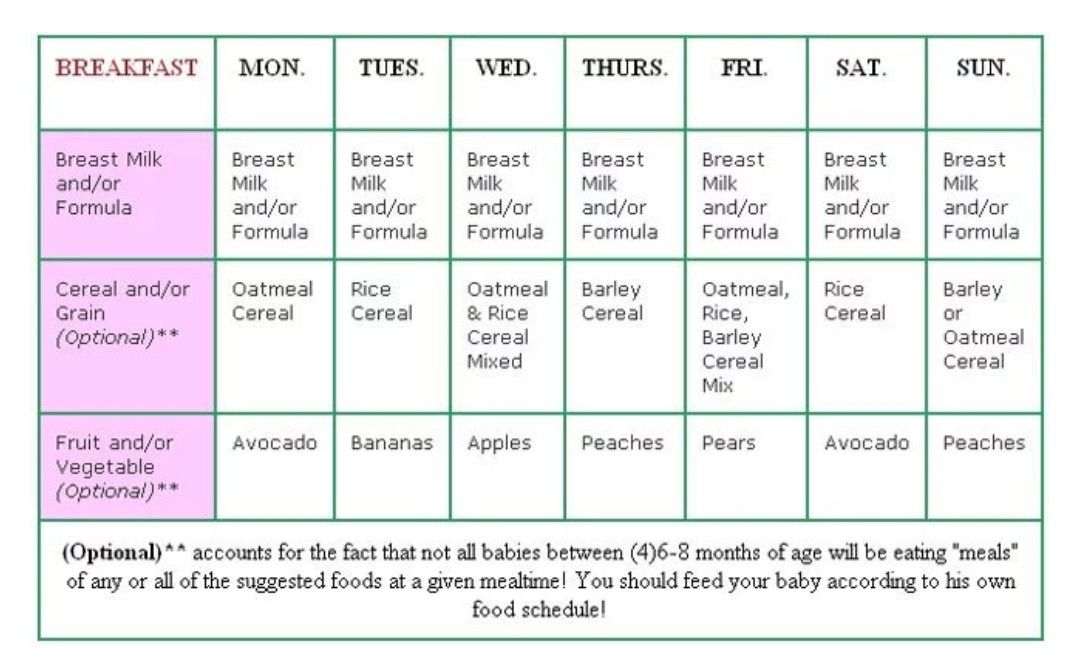 The volume of each feeding is approximately 150-170 ml, and the child can already stand up to 3.5 hours between meals.
The volume of each feeding is approximately 150-170 ml, and the child can already stand up to 3.5 hours between meals.
In the table below, we offer a menu of 6 months for a week for a child who started receiving complementary foods at the age of 4-5 months, and by the time the second half of life begins, dairy-free gluten-free cereals, vegetable and fruit purees have already been introduced into his diet.
1st day
| Meeting | menu | ml/g |
| Breast milk/mixture | 150 | 50 |
| Lunch (12.30) | Vegetable soup with beef, olive oil | 100/30/3 | 9 9006 900 66 9 |
| Afternoon snack (16.00) | Plum puree with cottage cheese | 60/40 |
| Breast milk/formula | 60 066 | |
Lunch (12.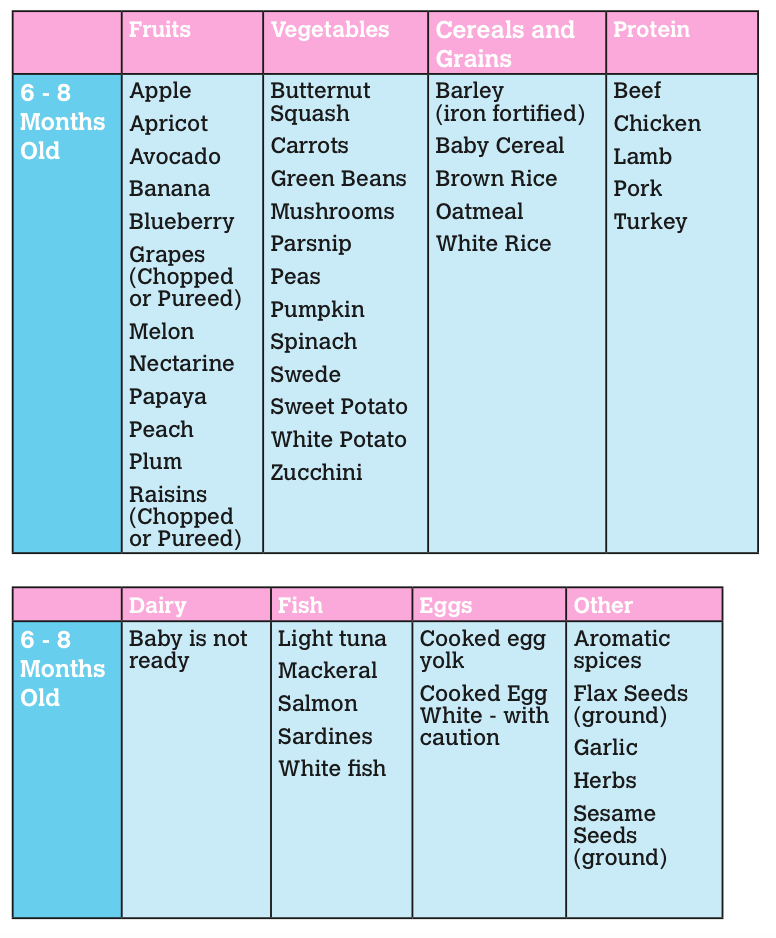 30) 30) | soup puree made of cauliflower and broccoli, olive oil | 80/3 |
| souffle from meat of rabbits | ||
| Afternoon snack (16.00) | Milk porridge “Delicious afternoon snack with Bebi Premium biscuits and pears” | 100 | 9007 1
| food intake | menu | ml/g |
| Early morning | breast milk/mixture | 150 | COMLACE (09) cherry Bebi Premium» | 100 |
| 0065 Breast milk/mixture | 150 | |
| children's soluble cookies "BEBIKI" Classic | ||
| Bebi Premium Kids Instant Herbal Tea | 50 | |
| Bedtime 065 Breast milk/formula | 150 | |
Rate the article
(Number of votes: 23, average 4.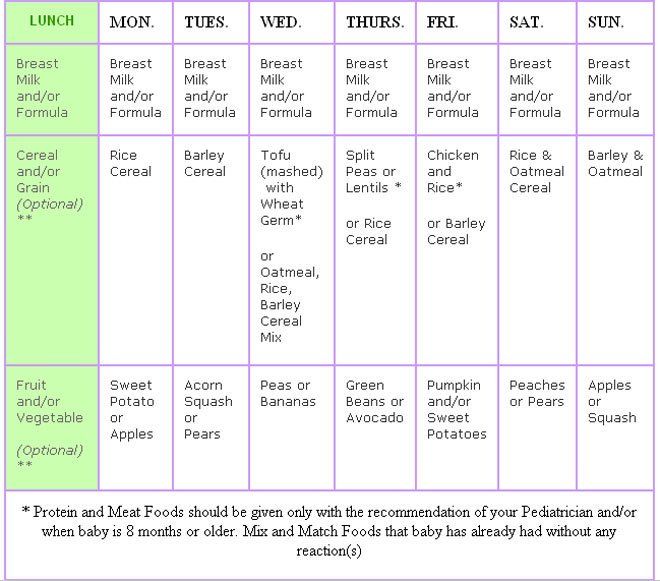 8)
8)
Share with friends:
diet, daily routine, how to introduce complementary foods
We publish the menu of a child at 6 months, recommended by the Institute of Nutrition of the Russian Academy of Medical Sciences. Please note that these are only examples of how children at this age can eat. The volume and timing of the introduction of complementary foods for a particular child are determined individually by a pediatrician.
When to introduce complementary foods for a breastfed baby
WHO recommends exclusive breastfeeding for 6 months. If:
The baby was born full term and healthy with normal body weight.
The child has no delay in physical development and malnutrition.
The mother eats fully, her daily menu contains specialized enriched foods or vitamin-mineral complexes.
At 6 months, the first complementary foods are introduced.
According to the doctor's decision, based on the individual characteristics of the child's development, complementary foods can be prescribed earlier, but not earlier than 4 months.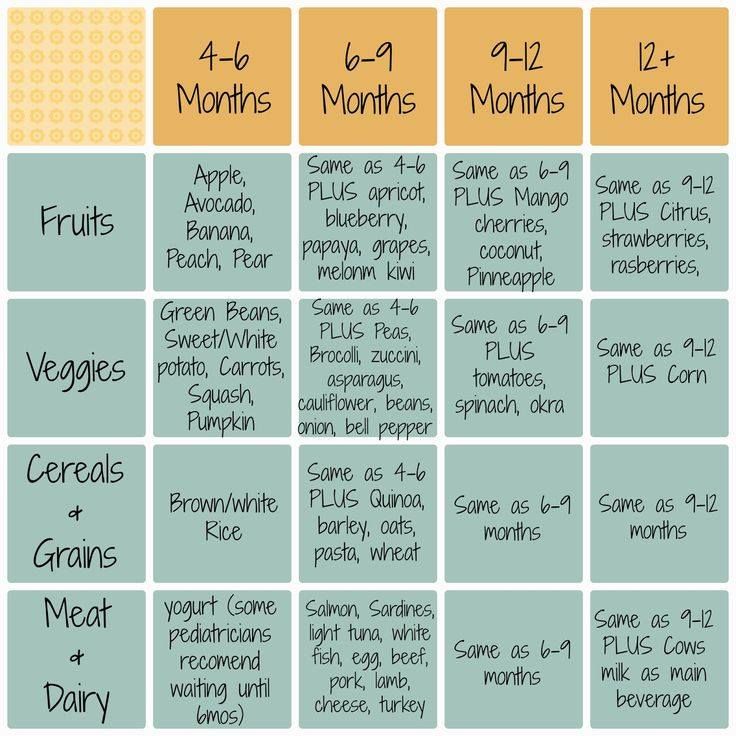
The age of introduction of complementary foods is associated with indicators of the functional and physical development of the child:
The initially high permeability of the mucous membrane of the small intestine decreases.
The production of digestive enzymes is stabilized.
Sufficient local immunity is formed in the digestive tract.
The child learns to swallow semi-liquid and thicker foods.
According to local pediatricians, it is also not worth delaying the introduction of complementary foods after 6 months. If you do not add new foods to your diet, you may develop a deficiency of important nutrients - including iron, zinc, etc.
Important!
The timing of the introduction of complementary foods is determined by the pediatrician individually for each, taking into account age, characteristics of the prenatal period and childbirth, weight and pace of physical development, the presence of diseases and other factors.
General rules for introducing complementary foods while breastfeeding
It is best to discuss the introduction of complementary foods with your pediatrician.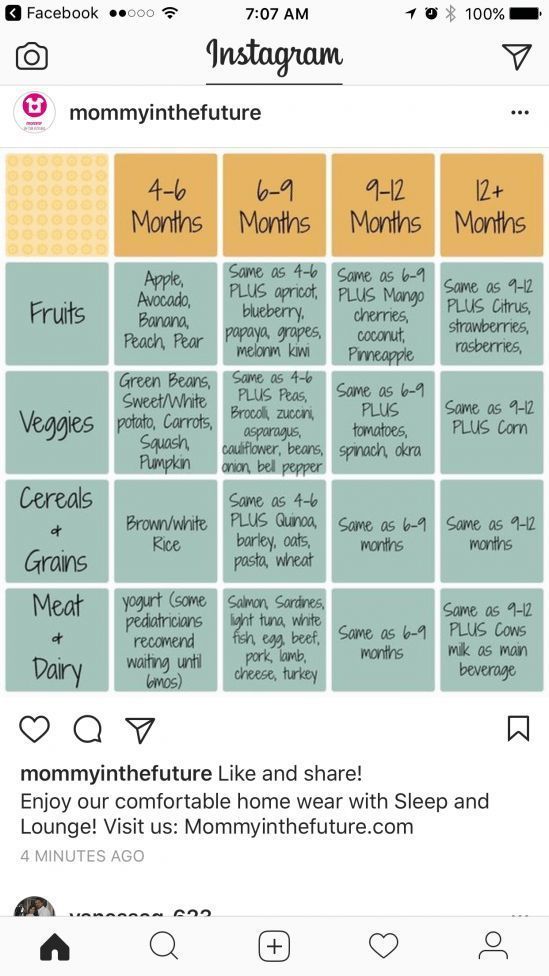 The doctor will tell you when you can introduce complementary foods, what foods to start with and what aspects you should pay attention to.
The doctor will tell you when you can introduce complementary foods, what foods to start with and what aspects you should pay attention to.
When compiling an approximate menu for a child's nutrition together with a doctor, the following important points should be taken into account:
Children with insufficient weight and frequent stools are recommended to give cereals enriched with iron, zinc, calcium and iodine as the first complementary foods.
Children with overweight and constipation - vegetable purees.
Proven!
In order for the baby to accept a new dish, he must try it repeatedly - up to 12-15 times. Do not be afraid of refusal, offer the product again, try complementary foods in his presence - and the baby will definitely become interested in new food.
Sample menu for a 6-month-old baby per day
Select complementary foods
At 6 months, the baby should eat 5 times a day. Complementary foods are introduced only for daytime feedings - for breakfast, lunch and dinner.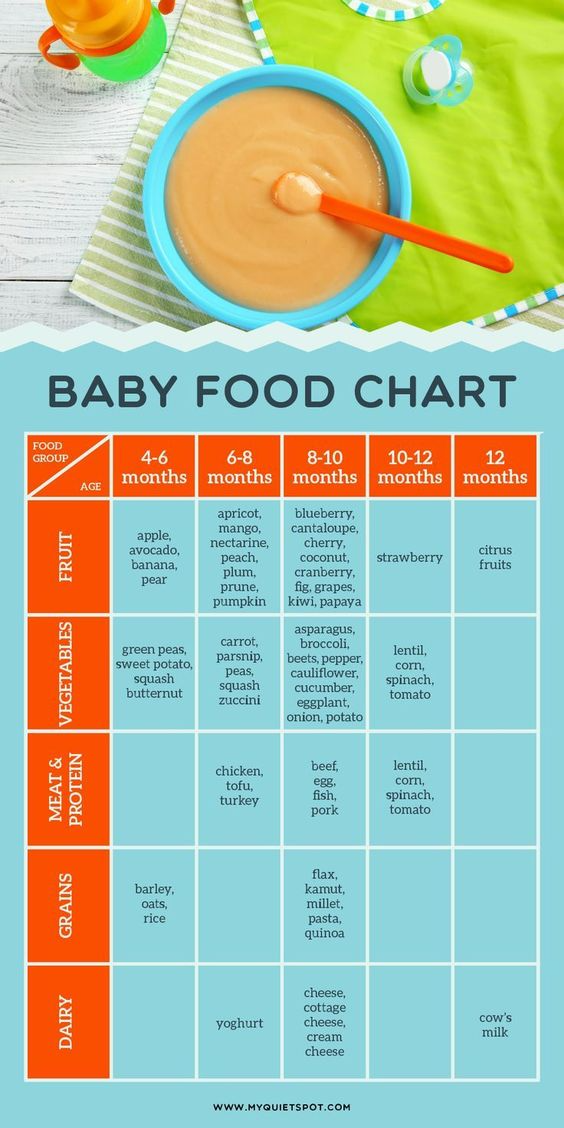 Mother's milk remains for the first and last feeding.
Mother's milk remains for the first and last feeding.
Asking what to feed a child, parents ask: is it necessary to breastfeed along with complementary foods? Pediatricians believe: in the daily menu for an aged baby, mother's milk should be mandatory at every feeding. The volume will depend on how much complementary foods have already been introduced.
Let's see how to calculate this using an example.
Baby at 6 months should receive 200 g of food per feeding. If he ate 60 g of vegetable puree, he should receive another 140 ml of mother's milk or baby milk.
Important!
Breast milk offered after complementary foods!
Sample menu for a 6 month old baby for a week
The menu should include a variety of products. They should be introduced gradually. The kid begins to get acquainted with new dishes with a minimum portion. For example, it can be a teaspoon (5 g) of vegetable or meat puree or 2 teaspoons (10 g) of porridge.
The approximate amount of food for a child at 6 months is indicated in the table (according to the recommendations of the Union of Pediatricians of Russia).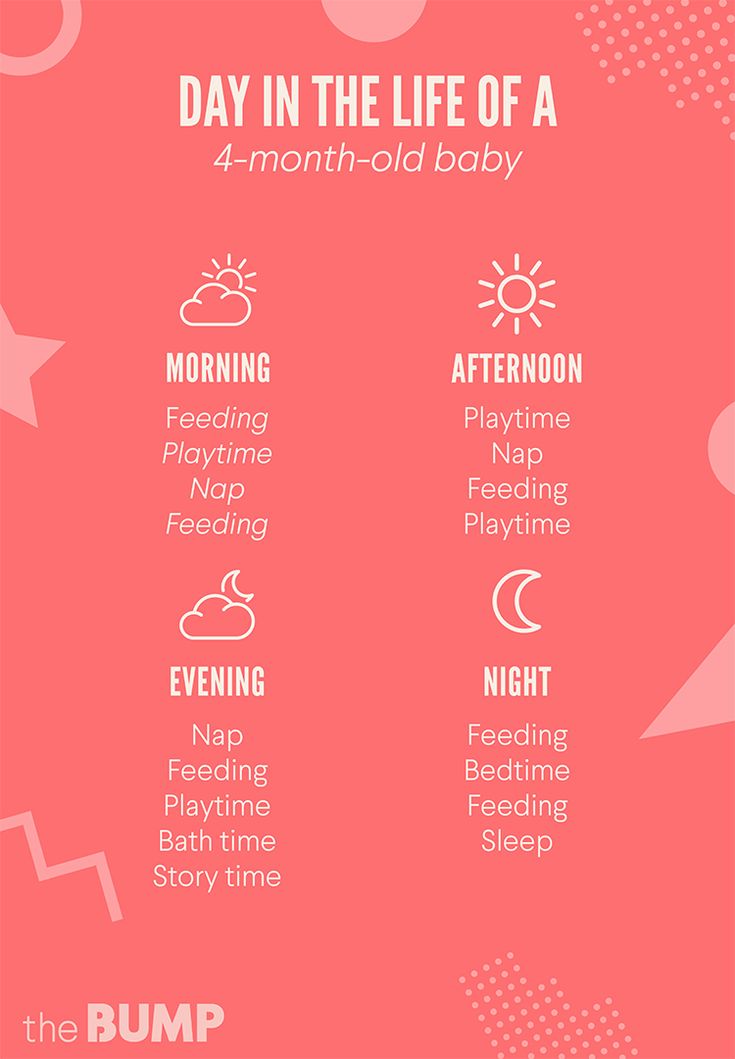 9Ol000 180
9Ol000 180
200
Fruit puree
70
80
90-100
Fruit juice
70
80
90-100
Cottage cheese*
40 9000 9000 9000 9000
50 9 9 9,000 9 9,000 9
Yolk, pcs.
0.25
0.5
0.5
Puree
30
50
60-70
Puree
-
5-30
30-60
kefir and others. Non-adapted fermented milk drinks
-
200
200
crackers, cookies
3-5
5
10-15
Wheat bread
Plant oil
butter
003
* - not earlier than 6 months
An approximate menu for a child for a week at 6 months is presented in the table. Please note: this is only a guide for parents - to know how a child can eat at this age. More detailed and accurate recommendations will be given by the pediatrician observing your baby.
Monday
06:00
Breast milk
200 ml0002 100-150 g
Breast milk (leopard)
14000 2:00
Pureber meat Gerber® "Indtika"
20 g
Gerber® only color cabbage
100 -150 g
Breast milk (donkey)
18:00
003
Breast milk
200 ml
Tuesday
06:00 9000 GERBER® apple lightened ”
60 ml
Breast milk (top feed)
14:00
MARBER MARBER®“ Indeka ”
20 g
Gerber® Pure "
100-150 g
Breast milk (donkey)
18:00
Fruit puree Gerber® “Only Persik”
60 g
Breast milk (support)
22 22 22 22 22 22 22 22 22 22 22 22 22 22 22 22 22 22 22 22 22 22 22 22 22 22 22 22 22 22 22 22 : 00
Breast milk
200 ml
Wednesday
06:00
Breast milk
200 ml
10:00
Gerber® "Multizlaki with an apple and prone"
9000 100-150 g
Fruit juice Gerber® apple-breasted
60 ml
Breast milk (donkey)
14:00
Pucker Gerber® “Indika” 9000 g
9000 9000
22222 Gerber® vegetable puree “Only broccoli”
100-150 g
Breast milk (top fed-feed)
18:00
PEOPE PEOS GERBER® “Only Banana”
60 g 9000 9000
9000 9000 9000 9000 9000002 Breast milk (donkey)
22:00
breast milk
200 ml
Thursday
06:00
Breast milk
200 ml
10:00
Nestlé Silent corn
100-150 g
Fruit juice Gerber® “GRUSHY”
60 ml
Breast milk (donkey)
14:00
MARET GERBER® “Indlya”
20 g
Gerber® puree vegetable for the first feeding
100-150 g
Breast milk (complementary feeding)
18:00
Fruit puree Gerber® “Only Bunny”
60 g
Breast milk (don feed)
22:00
Breast milk
200 ml
Friday
06:00
003
10:00
Nestlé® Milk oatmeal
100-150 g
Fruit juice Gerber® “Apple-Beded”
60 ml
Breast milk (complement)
14000 14 : 00
Puree Gerber® Pureta
20 g
Gerber® vegetable puree “only carrots”
100-150 g
Breast milk (donkey)
18:00 9Ol000
200 ml
10:00 9000 "
20 g
Gerber® vegetable puree “only color cabbage”
100-150 g
Breast milk (donkey)
18:00
900060 g
Breast milk (donkey)
22:00
Breast milk
200 ml
Sunday
06:00
Breast milk
9000 ml10:00
Breast milk (donkey)
14:00
Puree Gerber® Pureta
20 g
Gerber® Puree 9000,100-150 g
Breast milk (complementary feed)
18:00
Fruit puree Gerber® “Only Persik”
60 g
Breast milk (donkey)
9000 22:00
003
200 ml
Here is the menu for a breastfed baby.